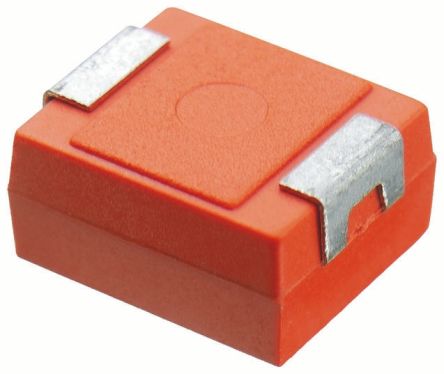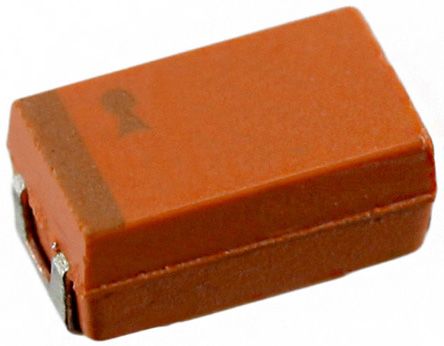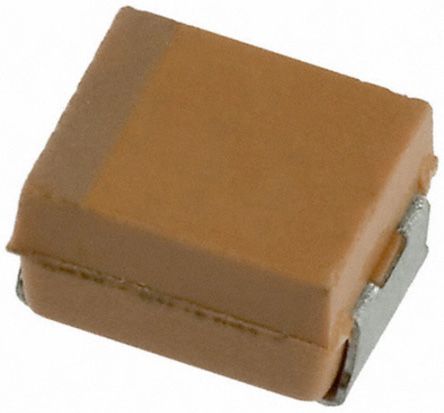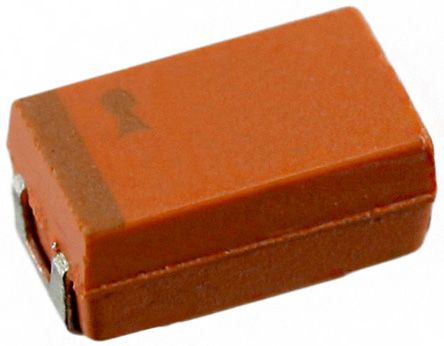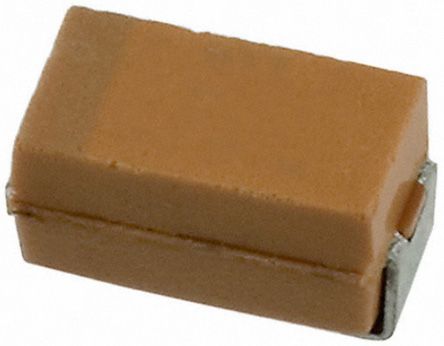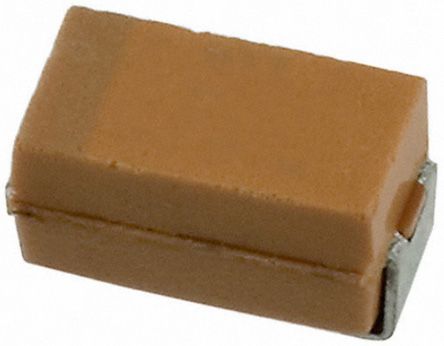- Automation & Control Gear
- Cables & Wires
- Enclosures & Server Racks
- Fuses & Circuit Breakers
- HVAC, Fans & Thermal Management
- Lighting
- Relays & Signal Conditioning
- Switches
- Batteries & Chargers
- Connectors
- Displays & Optoelectronics
- ESD Control, Cleanroom & PCB Prototyping
- Passive Components
- Power Supplies & Transformers
- Raspberry Pi, Arduino, ROCK, STEM Education & Development Tools
- Semiconductors
Niobium Oxide Capacitors
Niobium oxide capacitors are types of electrolytic capacitors made from niobium oxide instead of traditional tantalum, offering a less expensive solution. They're used in nearly every area of electronics, are extremely stable and have a high resistance to overheating and breakdown.
RS offer a range of high-quality passive components in various case sizes, capacitance values, and low-voltages to suit all your design, maintenance and repair needs
How does a niobium oxide capacitor work?
The purpose of a niobium capacitor is to keep negative and positive charges separated from each other. If you take two electrical conductors and separate them with an insulator (a material that doesn't let electricity flow very well) then you have a capacitor: something that can store electrical energy. It’s a bit like a battery, except a capacitor generally releases its energy much more rapidly often in seconds or less.
Components of niobium oxide capacitors
You can choose from a range of shapes and sizes, but capacitors all usually have the same basic components. There are two conductors and the insulator in between them (called the dielectric). The two conductors inside a capacitor are wired to two electrical connections on the outside called terminals, which are like thin metal legs you can hook into your electronic circuit.
What are the advantages of a Niobium oxide capacitor over tantalum capacitors?
- Availability of materials – Niobium ore is more readily available than tantalum ore. Therefore, the production of niobium oxide capacitors is cheaper.
- Flame Retardant – One of the main advantages of niobium is that it possesses higher ignition properties over tantalum.
- High reliability – Niobium capacitors are renowned for high-reliability performance. This makes the components perfect for high performance industrial and automotive applications.
- Lightweight - Niobium oxide powder is far less dense than tantalum oxide. This makes niobium capacitors ideal for many specialist electronic designs.
